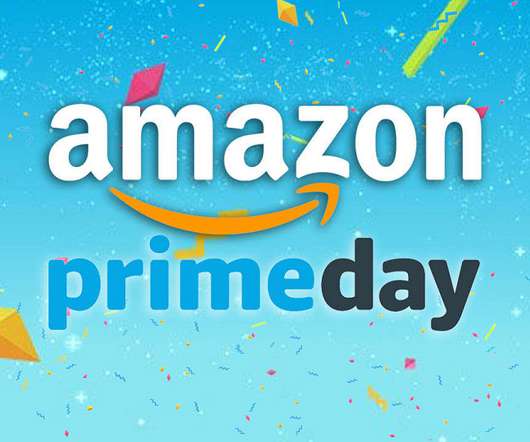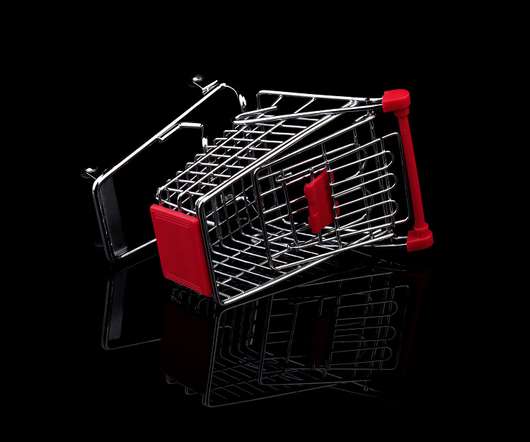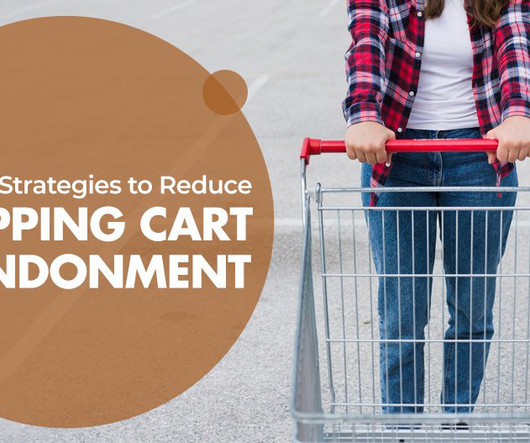After Summer Sale Comes Amazon Prime Day — Retailers Must Prepare
Retail TouchPoints
AUGUST 24, 2020
Brands can use Amazon’s June summer sale shopper data to help formulate their Prime Day strategy, such as better targeting and personalization based on comparison shopping habits, price sensitivity and search behavior. Last year, a study noted that 68% of shoppers planned to comparison shop against Amazon on Prime Day.



















Let's personalize your content